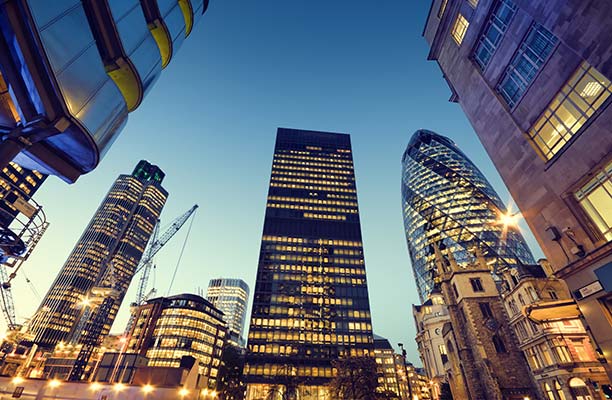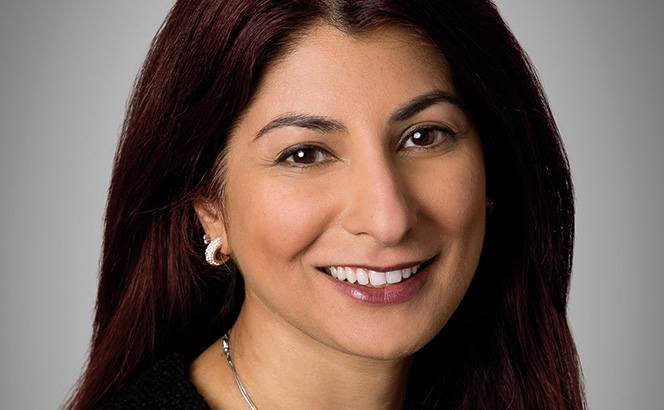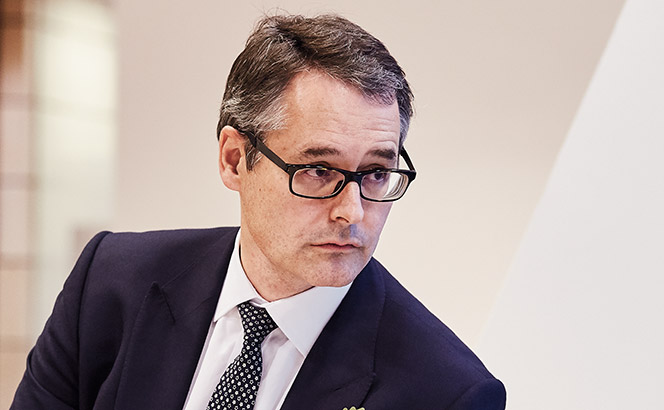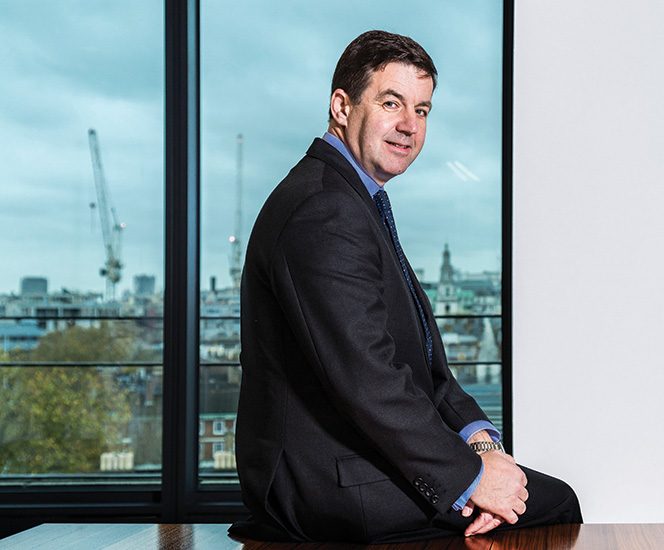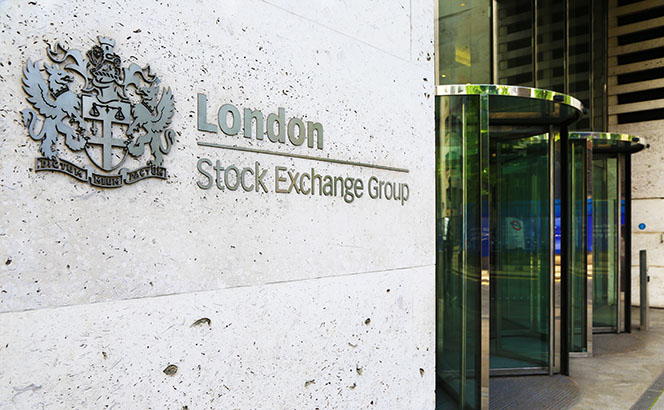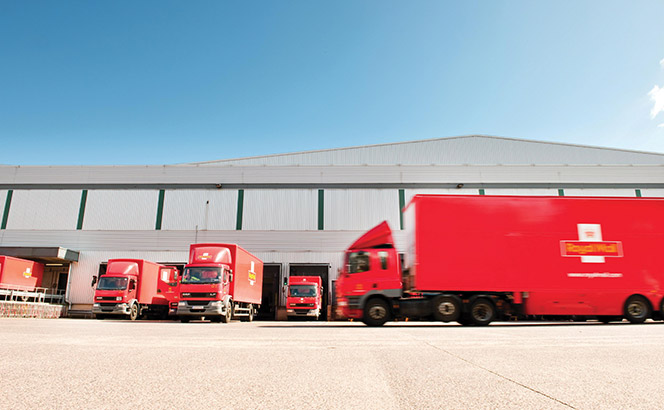The long campaign for domestic courts to be opened up to filming today (30 October) secured an (actually pretty minor) victory with the Court of Appeal letting in television cameras. With the Court of Appeal (Recording and Broadcasting) Order 2013 coming into force, the ban on cameras in courts in England and Wales that has been in place since 1925 has been somewhat eased.
After years of lobbying by the BBC, ITN, Press Association and Sky News, who are funding the scheme, cameras have been placed in five courts in the Court of Appeal. ‘I salute those in our organisations who have worked tirelessly over many years to overturn the ban,’ said John Hardie, chief executive of ITN.


